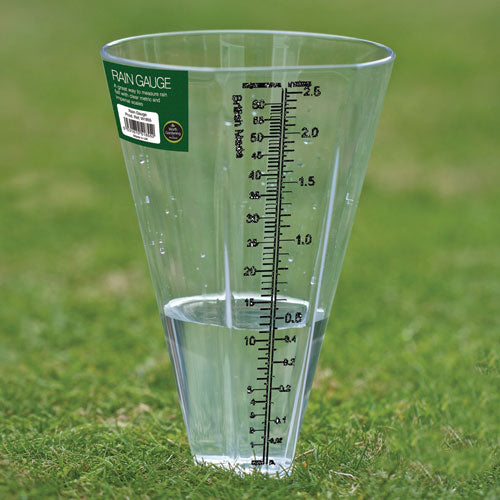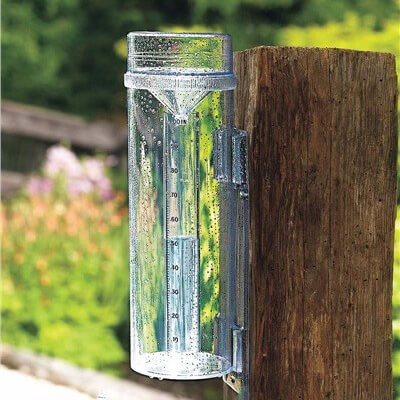Professional Tips for Using a Rain Gauge to Monitor Citizen Weather Conditions
Professional Tips for Using a Rain Gauge to Monitor Citizen Weather Conditions
Blog Article
Revealing the Science Behind Rainfall Determines: Exactly How These Devices Play a Vital Role in Climate Study and Ecological Monitoring
Rainfall evaluates, seemingly simple gadgets, hold an extensive significance in the realm of climate research and environmental surveillance. These simple instruments silently accumulate among nature's most essential aspects-- rains. Behind their plain exterior lies a complicated science that is essential for recognizing the characteristics of our atmosphere. As we peel off back the layers of this clinical veil surrounding rain assesses, we uncover a globe where precision, information precision, and meticulous monitoring merge to introduce a deeper understanding of our changing climate and its influence on the planet.
Importance of Rainfall Scales
Rain assesses play an important role in tracking and gauging precipitation levels, providing vital information for environment research study and evaluation. These tools are fundamental in measuring the amount of rainfall that occurs in a particular area over a certain duration. By gathering and gauging rain, rain assesses offer useful understandings right into the circulation and strength of precipitation, assisting meteorologists, hydrologists, and climatologists in recognizing weather condition patterns and fads.
Furthermore, lasting information accumulated from rainfall gauges aids in analyzing environment change influences and patterns, adding considerably to clinical study and decision-making processes. In essence, rainfall assesses serve as crucial tools in the area of weather forecasting and environmental scientific research, playing a critical role in progressing our understanding of climate and climate characteristics.
Sorts Of Rain Scales

Performance and Procedure
In the world of environment study and atmospheric research studies, the performance of rainfall evaluates lies in their elaborate performance and accurate functional devices. Rain gauges are designed to precisely measure the amount of precipitation that tips over a specific location throughout a collection period. These tools usually contain a channel that gathers rainwater and networks it into a measuring tube. The determining tube is marked with calibrated measurements that enable for the accurate metrology of rains.
The performance of rainfall assesses is based on the principle of gauging and gathering rain in a standard fashion. This collected information is critical for recognizing neighborhood climate patterns, tracking lasting climate trends, and analyzing ecological influences. To ensure precise measurements, rainfall determines demand to be strategically put in open locations away from blockages such as structures or trees that could hinder the collection process.
The operational aspect of rain determines entails normal upkeep to stop debris build-up, calibration checks to preserve dimension accuracy, and information videotaping for evaluation (rain gauge). On the whole, the performance and operation of rainfall determines are crucial for gathering reliable precipitation information crucial to environment research and ecological tracking
Role in Environment Research
Offered the critical relevance of accurate precipitation dimensions in comprehending weather patterns and ecological effects, the duty of rainfall gauges in environment research is vital. Rain evaluates supply important information for environment research study by measuring the quantity of precipitation that tips over a certain location during an offered duration. This data is important for keeping track of long-term trends in precipitation patterns, examining the impact of climate adjustment on rainfall circulation, and enhancing climate models.

Environment scientists utilize data accumulated from rainfall determines to analyze variants in precipitation levels, determine local climate patterns, and evaluate the effectiveness of water resource administration methods. By contrasting historic rainfall information with current dimensions, scientists can find changes in rainfall patterns, such as changes in the regularity or strength of rainfall occasions. This browse around this site details is essential for understanding exactly how environment change is affecting rainfall dynamics and can help policymakers make educated choices regarding adjustment and reduction strategies.
Applications in Ecological Tracking

In flooding forecasting, rain scale data aids to track rainfall intensity and distribution, enabling authorities to release timely cautions and take essential steps to minimize flooding dangers (rain gauge). Drought surveillance relies upon rain scale information to examine moisture degrees in the soil and track precipitation deficits, aiding in the identification of drought-prone locations and the implementation of dry spell reaction approaches
Additionally, rain gauge information plays an essential duty in water resource management by offering details on water availability and usage trends. Furthermore, in farming, rain scale information helps farmers in maximizing irrigation schedules, crop option, and total farm administration techniques based on neighborhood rainfall patterns.
Verdict
In conclusion, rain gauges are important tools for measuring rainfall, offering important data for climate research study and ecological surveillance. With different kinds and performances, rain evaluates play an important duty in recognizing precipitation patterns and their influence on the environment. By accurately measuring rainfall, these gadgets add to the improvement of clinical understanding and help in making informed decisions related to water source monitoring and catastrophe readiness.
Rainfall evaluates play a crucial role in monitoring and determining rainfall levels, offering essential data for climate research study and evaluation. The conventional rain gauge, understood as the "tipping container" scale, is one of the most typically used devices. Ultrasonic rainfall gauges usage noise waves to spot the visibility of rain, providing real-time data on rainfall degrees.Environment researchers utilize data accumulated from rainfall assesses to examine variants in precipitation levels, recognize regional climate fads, and examine the performance of water source management strategies.In final thought, rain evaluates are vital tools for gauging see precipitation, offering useful information for environment study and environmental tracking.
Report this page